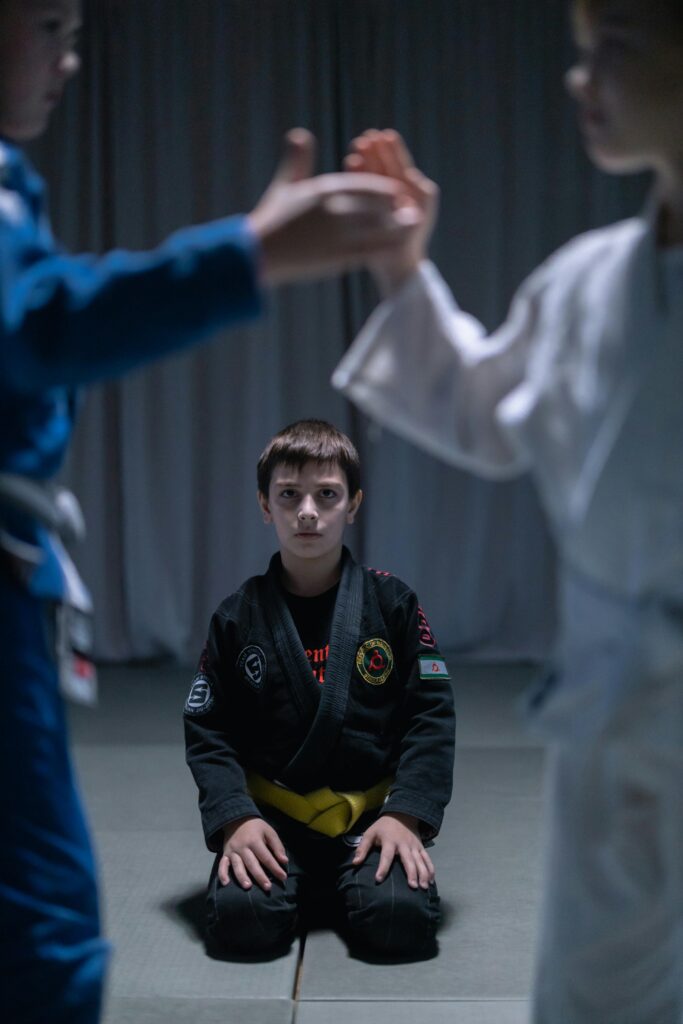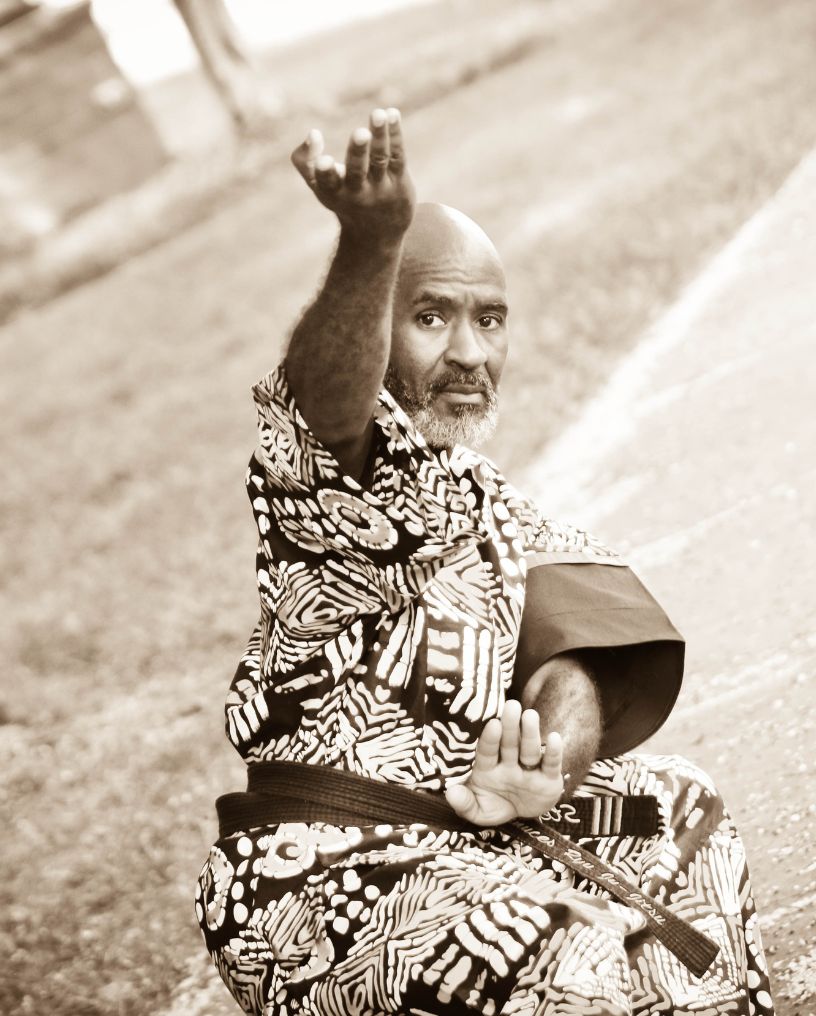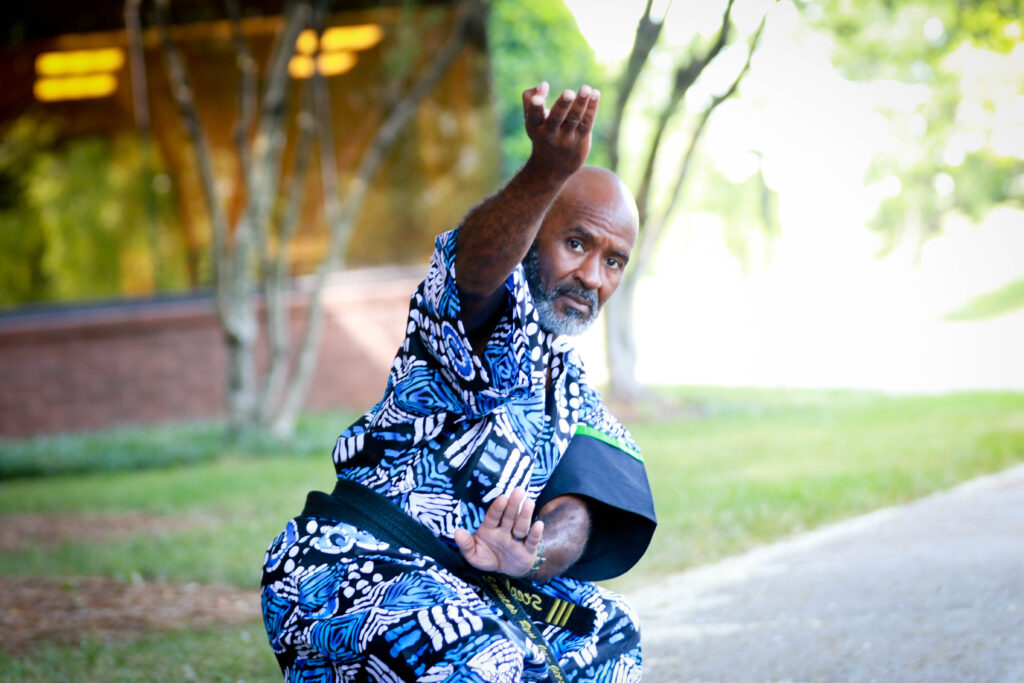The shoulder lock is a technique that blends precision and control, giving you the upper hand without needing brute strength.
Whether you’re exploring martial arts for fitness, self-defense, or simply to challenge yourself, mastering this move can elevate your skills and confidence. It’s more than just technique—it’s about learning how to move with purpose and strategy.
At Eye2Eye Combat, we believe in teaching practical, real-world techniques like the shoulder lock to help you feel confident and prepared in any situation. Let’s break it down step by step so you can make it your own.
What Is a Shoulder Lock?
A shoulder lock is a joint manipulation technique that forces an opponent into submission by isolating and applying pressure to the shoulder joint. By targeting this area, you create leverage that limits the opponent’s ability to resist or counter.
It’s a technique that doesn’t require raw strength, making it especially valuable for practitioners of all sizes and skill levels.
The History Behind the Shoulder Lock
The shoulder lock has deep roots in martial arts history. It has been central to disciplines like Jiu-Jitsu, where techniques were designed for self-defense in real-world scenarios.
Judo introduced shoulder locks as part of its structured throws and grappling techniques, while Aikido adapted them to emphasize control and redirection of energy.
Over time, these techniques have been refined and incorporated into modern combat sports, where they continue to be prized for their efficiency in both competition and self-defense settings.
Why Shoulder Locks Work So Well
Shoulder locks are effective because they use biomechanics and leverage rather than brute force. When applied correctly, they force an opponent into a compromised position where resistance risks injury.
They also work across various situations, whether on the ground or standing. Their ability to neutralize threats without excessive force makes them a practical choice for martial artists and self-defense practitioners alike.
Shoulder locks are versatile tools that belong in every martial artist’s repertoire.
Types of Shoulder Locks and How to Execute Them
Mastering the shoulder lock involves understanding its variations, each offering specific advantages depending on the situation.
Kimura Lock
The Kimura lock is one of the most versatile techniques in Brazilian Jiu-Jitsu. To execute it, secure your opponent’s wrist with one hand while threading your other arm under theirs to grab your own wrist.
This grip gives you the leverage to twist their arm behind their back, putting pressure on their shoulder. Maintain control of their wrist throughout the motion, as even a slight looseness can give them an opportunity to escape.
Practicing this move slowly and deliberately ensures precision and effectiveness.
Americana (Keylock)
The Americana is a straightforward lock often introduced to beginners. Pin your opponent’s wrist to the ground using your hand, then create a figure-four grip by grabbing their wrist with your other hand.
Lift their elbow slowly to apply pressure to their shoulder. It’s essential to keep the motion controlled and deliberate. Rushing can lead to mistakes, and in training, it could cause unintentional injuries.
Precision in your setup and execution is what makes this technique reliable.
Omoplata
The Omoplata is an advanced technique that uses your legs to isolate and control your opponent’s arm. From the guard position, trap their arm between your legs, rotate your hips, and apply pressure to the shoulder joint.
It’s a challenging move that requires flexibility and precise timing, but it rewards you with excellent control and opportunities to transition into other submissions. Mastering this technique takes patience, but it’s a valuable skill for advanced practitioners.
Standing Shoulder Locks
Standing shoulder locks are practical for self-defense, especially when staying on your feet is crucial. These locks involve securing an opponent’s wrist and manipulating their arm to apply pressure to the shoulder.
They allow you to neutralize threats while maintaining mobility. Their real-world application makes them particularly useful for those focused on practical self-defense techniques, offering both control and an opportunity to disengage safely.
Safety and Injury Prevention
Practicing shoulder locks demands careful attention to safety. Joint manipulation is precise and effective but can cause serious injuries if performed recklessly.
To master shoulder locks while protecting yourself and your training partners, you must follow essential safety principles.
Common Risks
Shoulder locks, when over-applied, can lead to dislocations or tears in the rotator cuff. These injuries can sideline practitioners for weeks or months. Understanding your partner’s physical limits is essential to prevent harm.
If their shoulder’s range of motion is exceeded, injury becomes highly likely. Listening and observing for signs of discomfort is as critical as executing the lock itself.
Safe Training Practices
Communication is the foundation of safe training. Always check in with your partner before and during practice. If they signal discomfort or tap out, release the lock immediately.
Warm up thoroughly before training to prepare your joints and muscles. Focus on controlled movements and precision over speed or force. This not only prevents injury but also helps you develop better technique.
Coaching for Safer Practice
A skilled coach plays an invaluable role in creating a safe learning environment. They guide students to prioritize technique, emphasizing form over power.
With a good coach, you learn to refine your movements while respecting your training partner’s safety. Their presence ensures that even during intense practice, safety remains the priority.
Applications in Martial Arts and Self-Defense
Shoulder locks are as versatile as they are powerful, finding applications in martial arts training, competition, and real-world self-defense. Let’s explore how these techniques excel in different scenarios.
In Brazilian Jiu-Jitsu
In Brazilian Jiu-Jitsu, shoulder locks are fundamental tools for gaining control and finishing fights. They often pair seamlessly with sweeps or positional transitions, allowing you to maintain dominance during grappling exchanges.
For instance, a Kimura from guard not only threatens a submission but can also help reverse your position into mount.
In MMA
Mixed Martial Arts fighters frequently use shoulder locks like the Kimura to dominate grappling exchanges. These techniques work well in close-range combat, offering a way to secure a submission or force an opponent into a vulnerable position.
Shoulder locks are particularly effective because they can be applied quickly and from various angles, keeping opponents on their toes.
For Self-Defense
In a self-defense situation, a standing shoulder lock can be a lifesaver. It allows you to neutralize an aggressive individual without causing excessive harm.
By controlling their arm and applying pressure to the shoulder, you create an opportunity to de-escalate or safely retreat. These moves are practical in situations where staying on your feet is crucial.
Beyond Combat: Developing Discipline
The benefits of learning shoulder locks extend far beyond the mat. Practicing these techniques builds discipline and focus.
You learn to stay calm under pressure, refine your movements, and approach challenges with confidence. These qualities translate into everyday life, helping you grow both physically and mentally.
Advanced Strategies and Transitions
Once you’re comfortable with the basics, exploring advanced strategies will take your shoulder lock game to the next level. These techniques require greater precision and an understanding of how to adapt to different situations.
Combining Shoulder Locks With Other Moves
Shoulder locks shine when paired with complementary techniques. For instance, transitioning from a shoulder lock into an armbar or triangle choke allows you to maintain control and pressure.
These combinations keep your opponent guessing and give you more options during sparring or competition.
Countering Shoulder Locks
Defending against shoulder locks is as important as executing them. Awareness is your first line of defense—recognizing when an opponent is setting up a shoulder lock can help you escape early.
Effective counters include maintaining strong posture, controlling their grip, or using escapes that rely on leverage and timing.
Drills for Mastery
Mastery comes from consistent practice. Drills that focus on transitions, grip strength, and positional awareness will sharpen your skills.
Partner drills, where one person applies the lock while the other practices escapes, are especially valuable. These repetitions build muscle memory, ensuring you can execute shoulder locks fluidly in dynamic situations.
Build Strength and Confidence at Eye2Eye Combat
The shoulder lock is a technique that builds precision, focus, and real-world confidence. Whether for martial arts or self-defense, mastering this move opens the door to a deeper understanding of control and strategy.
At Eye2Eye Combat, we specialize in practical, hands-on training that transforms your skills and sharpens your instincts. With expert instruction and a focus on real-life application, you’ll find every class a step closer to your goals.
Visit Eye2Eye Combat today to experience training that equips you for success on and off the mat. Your journey starts now—join us!
FAQs
1. What exactly is a shoulder lock in martial arts?
A shoulder lock is a technique where an opponent’s arm is manipulated to apply pressure on their shoulder joint, forcing them to submit. It’s commonly used in martial arts like Brazilian Jiu-Jitsu and Judo because it doesn’t require a lot of strength, making it effective for people of all sizes.
2. Are shoulder locks safe to practice?
Yes, they’re safe if practiced properly! Always communicate with your training partner and apply pressure slowly. Tapping out when you feel discomfort is key to preventing injuries. Good instruction and proper technique also go a long way in keeping training safe.
3. Which martial arts teach shoulder locks?
Shoulder locks are staples in Brazilian Jiu-Jitsu, Judo, and Aikido. You’ll also find variations in Hapkido and MMA training. Each art focuses on different setups, but the core principles of leverage and control remain the same.
4. Can beginners learn shoulder locks?
Absolutely! Many shoulder locks, like the Americana, are beginner-friendly and often taught early in martial arts classes. The key is to start slow, focus on technique, and learn under the guidance of an experienced instructor.
5. What are common mistakes when practicing shoulder locks?
One of the biggest mistakes is applying the lock too quickly, which can cause injury. Another is neglecting proper positioning, like failing to control the opponent’s body before applying the lock. These mistakes reduce effectiveness and increase risk, so practice mindfully.
6. Are shoulder locks effective for self-defense?
Yes, they’re great for self-defense because they allow you to neutralize threats without relying on brute strength. A standing shoulder lock, for instance, can give you control in a confrontation and create an opportunity to safely escape.





